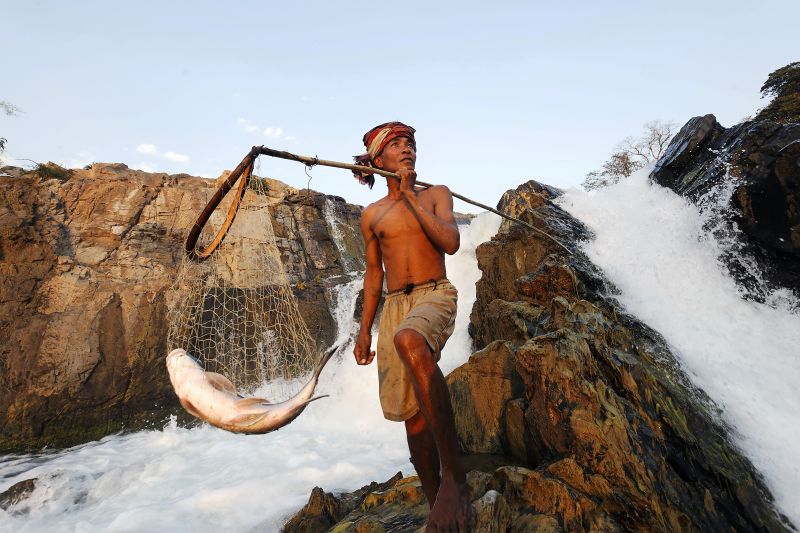Xayaburi Dam
In September 2009 the Laos Government announced the proposed Xayaburi Dam project.
If the Xayaburi Dam project goes ahead it will be the first dam built on the Mekong mainstream outside of China.
More than 200,000 people will be directly affected by the damming of the Mekong at Xayaburi.
A further 2,100 people will need to be relocated and compensated for the loss of their homes, livelihoods and most immediate and reliable source of food. Beyond those directly affected, communities downstream in Laos, Cambodia and Vietnam will no longer be able to rely upon the annual flows of the Mekong to sustain their crops and fisheries.
Given that the proposed dam has implications for all those living on the lower Mekong, the project triggered the Mekong River Commission’s (MRC) Procedures for Notification, Prior Consultation and Agreement (PNPCA) process.
On 19 April 2011, an expected decision on the dam was deferred to the ministerial level of the MRC, with the various countries affected by the project unable to come to a consensus.
Three weeks after the regional meeting, Laos announced that the Xayaburi Dam will be temporarily delayed in order for an independent review of the project to be completed. This news came after a side meeting was held between the prime ministers of Laos and Vietnam during the 18th ASEAN Summit in Jakarta, Indonesia. Vietnam had sought a ten year moratorium on the Mekong mainstream dams.
Who’s behind the Xayaburi Dam proposal?
Despite being located in a remote northeastern province of Laos, the Xayaburi Dam is closely tied to Thai financing, construction and energy companies. If approved, the dam will be built by Thai construction company Ch Karnchang – with support from four Thai banks: Kasikorn Bank, Bangkok Bank, Krung Thai and Siam Commercial (although Siam Commercial Bank recently released a media statement saying it would not sign the loan agreement with the other three banks). Of the electricity produced by the dam, 95% will be sold to Thailand’s electricity utility, EGAT.
Under the 1995 International Mekong Agreement the decision to approve the dam must consider regional perspectives. No country has the right to veto the use of, or the unilateral right to use, water without taking into account other riparians’ rights. The way this works in the Mekong is through the Joint Committee of the Mekong River Commission, which includes representatives from the governments of Cambodia, Laos, Thailand and Vietnam. The committee assesses the benefits and impacts of the dam for all those involved, such as people living at the proposed site and those downstream. It will also consider Thailand’s need for electricity. While the Lao Government will make the ultimate decision, the Agreement it’s signed up to emphasizes that these decisions must consider the interests and concerns of those countries which share the river.
For the first time, the joint committee will also be able to draw upon the recommendations of the Strategic Environmental Assessment conducted by the MRC to inform their decision.
What is Oxfam doing?
Oxfam Australia has been working in the Mekong region for more than 20 years. We support a network of local and non-government organisations across the six countries in the region, linking grassroots village work with international and regional organisations.
Oxfam is an active member of global campaigning group Save the Mekong Coalition. We’re taking action by writing to the Australian Government, a member donor of the Mekong River Commission.
We’re also ensuring that communities know their rights regarding major development decisions that affect their environment and their access to the Mekong’s vital resources.
Find out more
- Watch the ABC 7.30 report on the Xayaburi Dam
- Read more about our partner International Rivers’ Xayaburi campaign
- Learn more about what communities who are affected by these large projects actually get out of them
